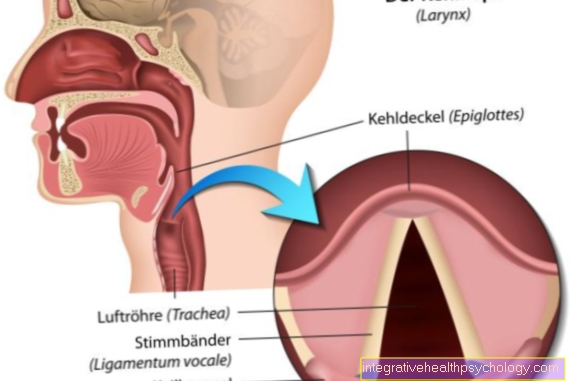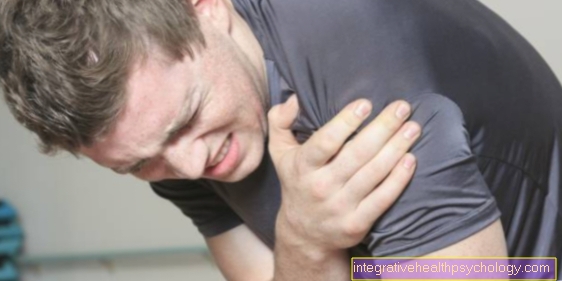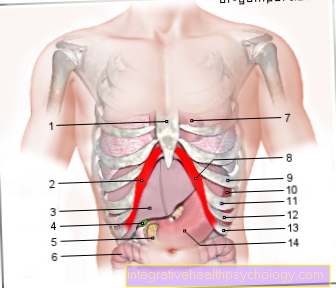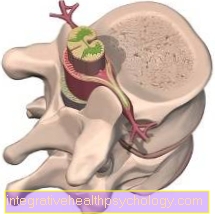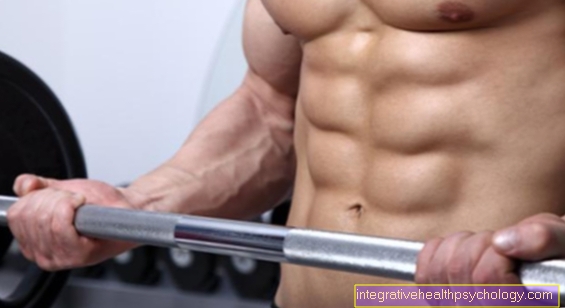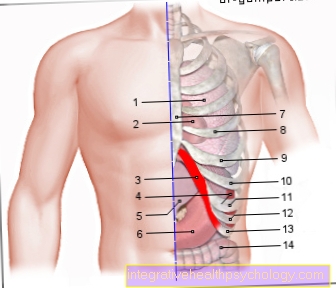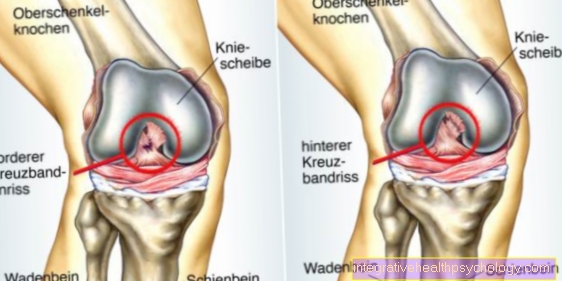Hyperextension with the expander
introduction
In today's age, back pain is one of the most common diseases. Incorrect and insufficient movement, as well as the predominantly sedentary activity, promote this pain, which occurs mainly in the lumbar spine. However, these back pains can usually be regenerated through adequate training of the back muscles. Hyperextension is one of the few exercises in weight training that specifically trains these lower back muscles (M. erector spinae). The training fulfills regenerative as well as compensatory and preventive purposes and should not be missing in any good training plan. The use of the expander is not mandatory for this exercise, but it can train additional muscle groups.
muscles involved
- deep, long back extensors (M. erector spinae)
- Latissimus (M. latissimus dorsi)
- Rhombus muscle (M. rhomboideus)
- Trapezius (M. trapezius)
Motion description

The athlete lies on a gym mat or a soft surface and is in full extension. The view is directed towards the ground. During the contraction, the upper body and legs are raised and remain in this position. It must be ensured that all muscle groups are tense. Thus, legs, buttocks, back and stomach are trained at the same time. Only the arms work in front of the body. The expander is held in front of the head in both hands. The more the arms are drawn outwards, the closer it comes to the head. If there is tension in the neck area, the expander should not be used.
Depending on the level of ability, the expander can be gripped tighter and the duration of the contraction increased. There is no need to lift the legs to reduce the strain.
Note: The movement of the arms should always be slow and controlled.
Further information
Here you can find more information about back muscle training with the expander
- Seated rowing with the expander
- Rowing standing with the expander
- Back isolator with the expander
Back to the expander training overview

